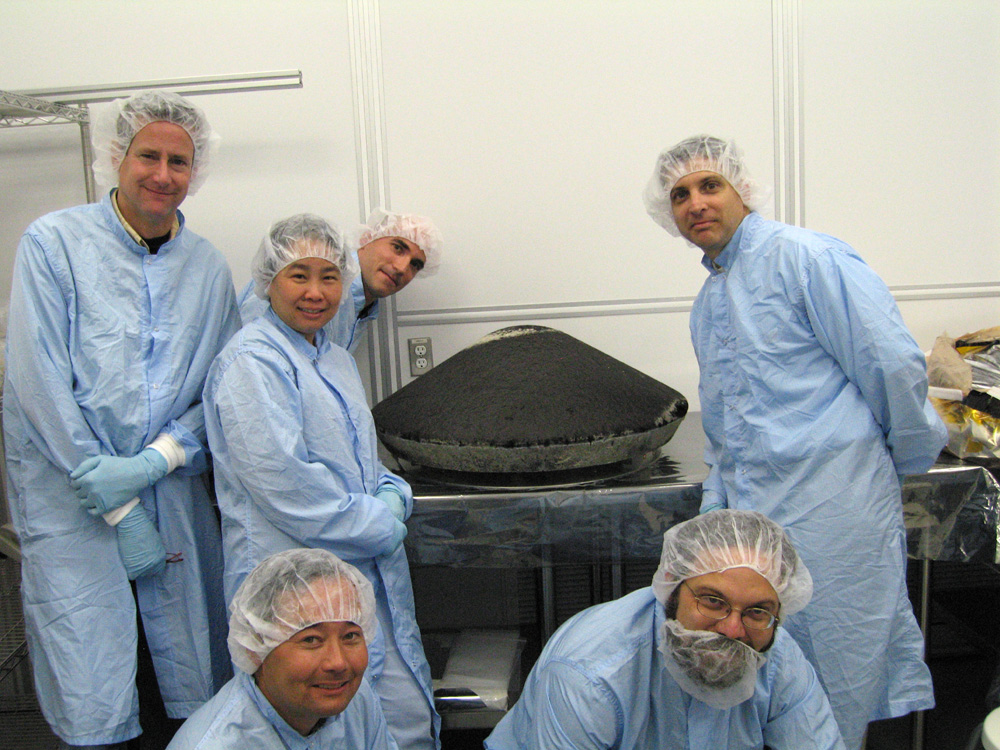By Ed Hoffman
The shuttle has been the dominant image of an entire generation of human spaceflight, shaping NASA’s missions, organization, and self-image for nearly thirty years. 
When I came to NASA in 1983, missions couldn’t get to space without the shuttle; everything had to fly on it. To make the most of its reusability, the agency discontinued support for expendable launch vehicles. The shuttle set the technical requirements for everything NASA launched into space. Its payload bay and orbit bounded the designs of a generation of spacecraft. It transported communications and science satellites and Department of Defense payloads to space. It enabled on-orbit servicing of modular spacecraft, most notably the Hubble Space Telescope. It defined the parameters for the construction of the International Space Station.
The shuttle’s failures changed us. The Challenger accident forced us to ask hard questions about who we had become and confront behaviors like the “normalization of deviance,” identified by sociologist Diane Vaughn. We recognized the risk posed by our dependence on the shuttle as the nation’s only launch vehicle. Missions designed for shuttle launch, such as the Cosmic Background Explorer, had to find alternate routes to space.
NASA made changes in roles, responsibilities, processes, and procedures, and the failure affected the organization in myriad indirect ways. To take one small, personal example, Deputy Administrator J.R. Thompson’s initiative to strengthen the agency’s project management capability led to my work with the Program/Project Management Institute, a fledgling project management training program. Today’s Academy of Program/Project and Engineering Leadership is a descendant of the agency’s response to Challenger.
After Columbia, we again redefined roles and responsibilities, and set up new lines of authority to ensure that dissenting opinions would be heard. We also redoubled our efforts to make better use of lessons learned and best practices.
Attending an STS-119 Flight Readiness Review last year, I saw a process that was thorough, inclusive, and respectful. Among the participants I spoke with after senior leaders decided not to fly until a technical problem was more fully understood, there was disappointment about the short-term outcome, but also a sense that the process had worked well. The entire shuttle community learned from the rigorous investigation that had taken place.
Perhaps the highlight of my career to date was receiving a Space Flight Awareness Award, which included the opportunity to see a shuttle launch. It remains one of the most moving experiences of my life. There is no greater motivator than the aweinspiring sight of a shuttle launch coupled with the knowledge that it represents the cumulative efforts of thousands of individuals working millions of hours.
We are now preparing to imagine NASA without the shuttle. What will shape our missions, our organization, and our self-image next? The answer will depend on the challenges that define the agency’s vision and mission. When President Kennedy challenged NASA to send a man to the moon and bring him home by the end of the decade, he said that goal would “serve to organize and measure the best of our energies and skills.” The next phase of human space exploration will also demand the best of our energies and skills.
Whatever we do next, it will be grand.






